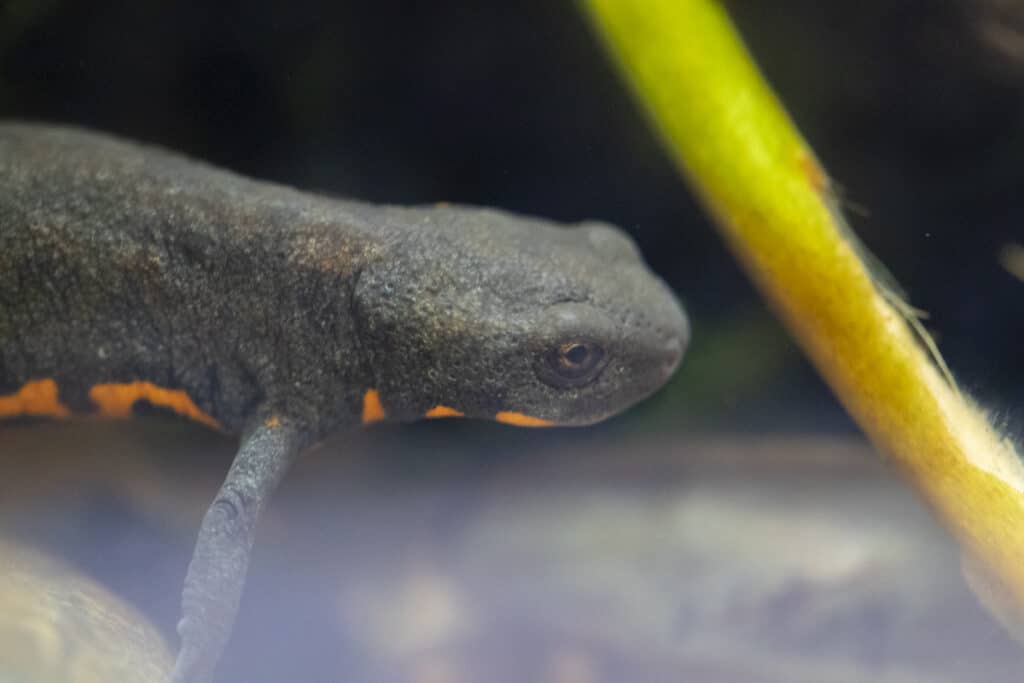
New newts from Newquay!
The team at Paignton Zoo are looking to forward to hopefully being able to re-open indoor animal houses and exhibits from 17th May, in line with the Government Covid roadmap plans.
A lot of work has been going on in our LVI (Lower Vertebrates & Invertebrates) department, including in Amphibian Ark, located in the centre of the zoo. Excitingly, three new species of newt have joined us, as a result of successful breeding programmes at our sister zoo in Newquay, Cornwall.
Our colleagues at Newquay Zoo have had tremendous success in breeding these amazing amphibians and we are thrilled to be able to now work with them here at Paignton Zoo, and play an important role in researching their care and breeding.
Although newts probably do not feature top on the ‘must see’ list for many zoo visitors, we would encourage everyone to come and visit them when they go on-show for the first time in Amphibian Ark.
As well as being very beautiful, our new newts tell an important story about the threats that many wild animals face, and highlight how organisations such as Wild Planet Trust can help with their conservation.
Many species of animal are threatened by trade – either for becoming pets, or for body parts – and newts are sadly no exception. The uniquely patterned Luristan newt (Neurergus kaiseri) is a Vulnerable species that inhabits a handful of streams in the Zagros Mountains in Iran. It was virtually wiped out as a result of illegal collection for the pet trade.
The similarly stunning Laos warty newt (Laotrition laoensis) has also suffered at the hands of illegal collection, although the demand in this species is not only for the pet trade. Increasing levels of collection for food and supposed medicinal benefit have led to this species becoming endangered in the wild.
Our final new species, the Oriental fire-bellied newt (Cynops orientalis), is not currently threatened in the wild but plays a key role in the increasing rarity of several newts and salamanders elsewhere. A type of chytrid fungus threatens many species of newt and the trade in fire-bellied newts for the pet trade is thought to be the main way that this deadly disease has spread around the world.
So after all this talk of newts, we really want to highlight that these incredible animals are worth caring about. We hope to continue the breeding success with these particular amphibian species and have confidence that zoo guests will find them every bit as fascinating as we do!



